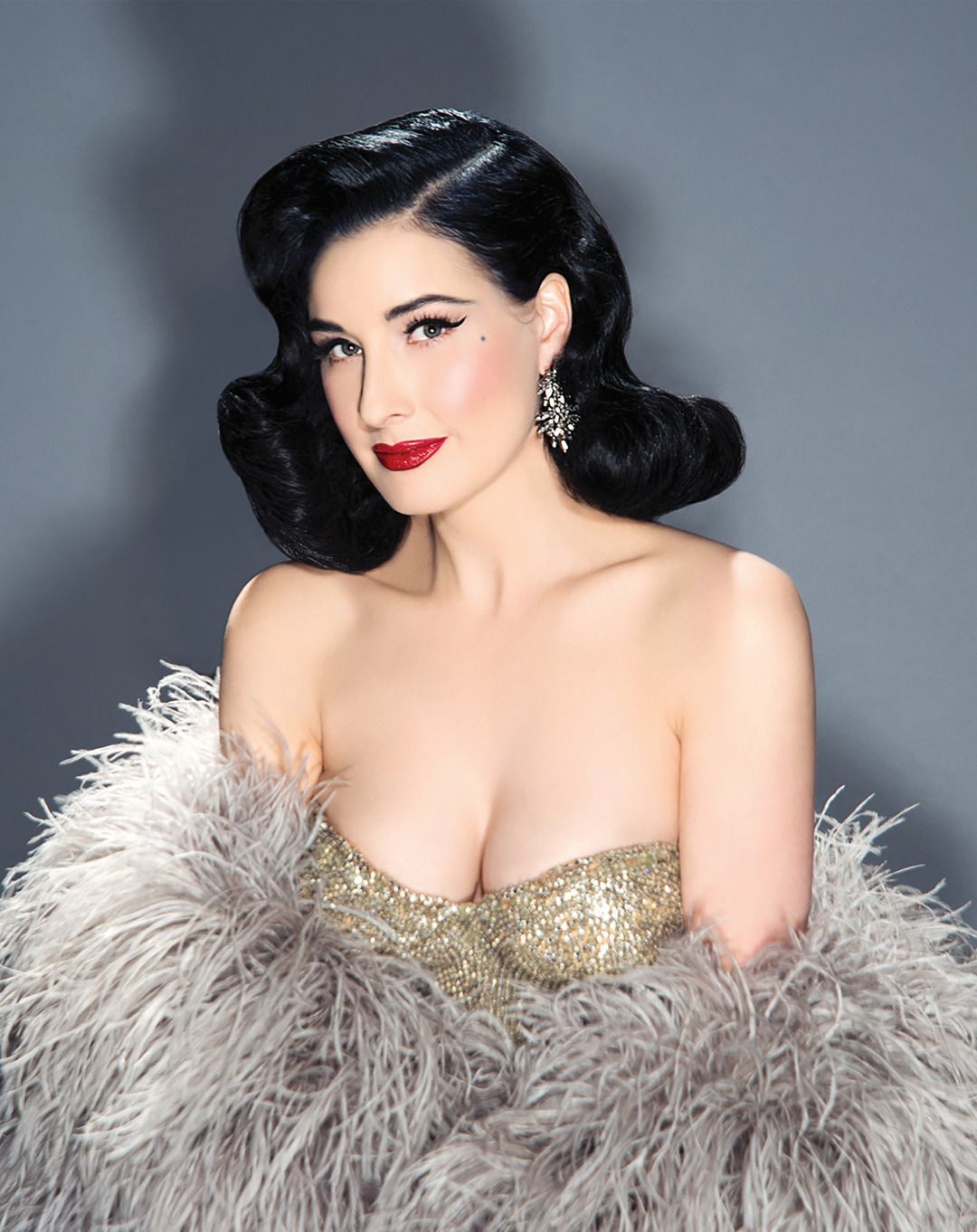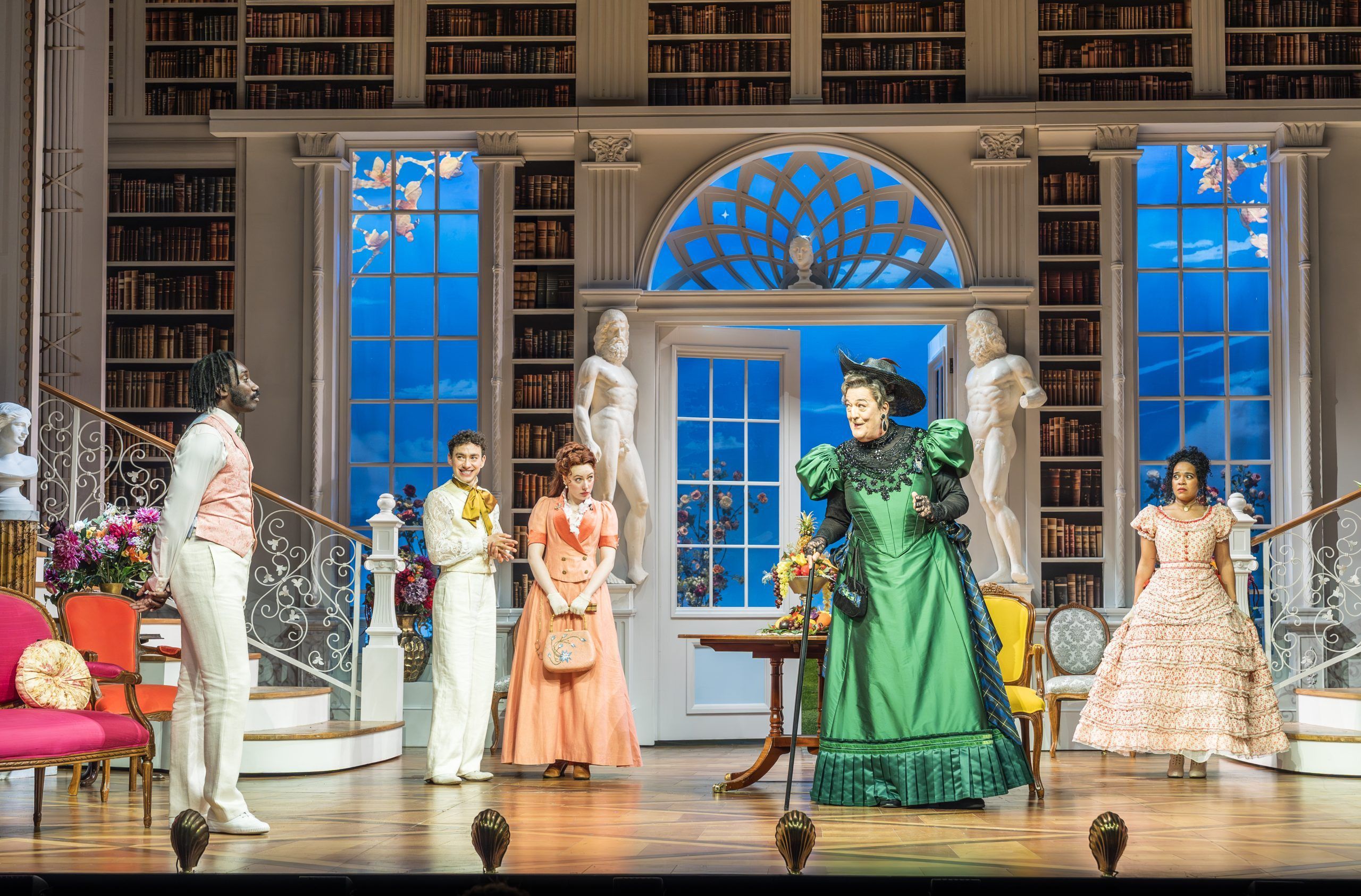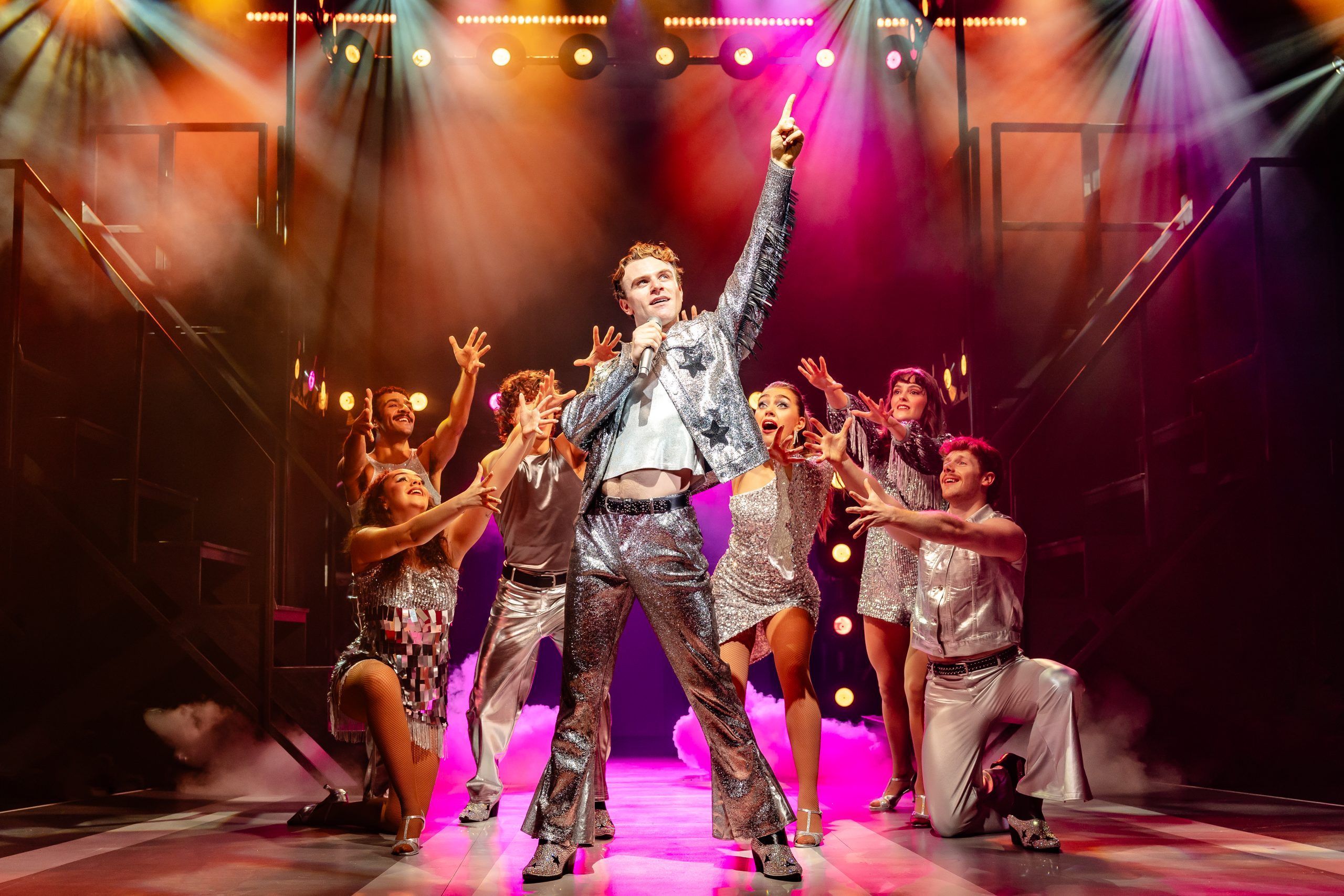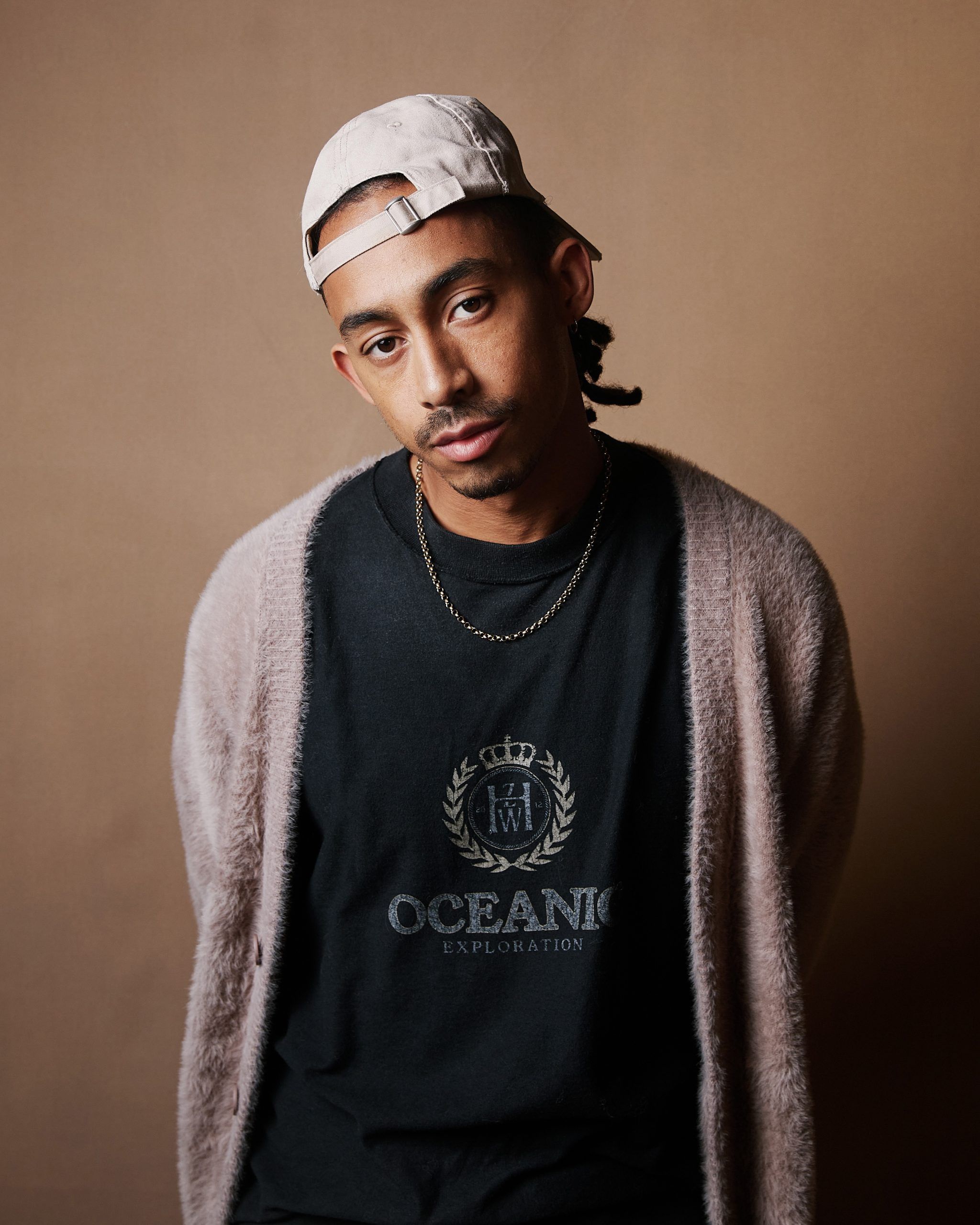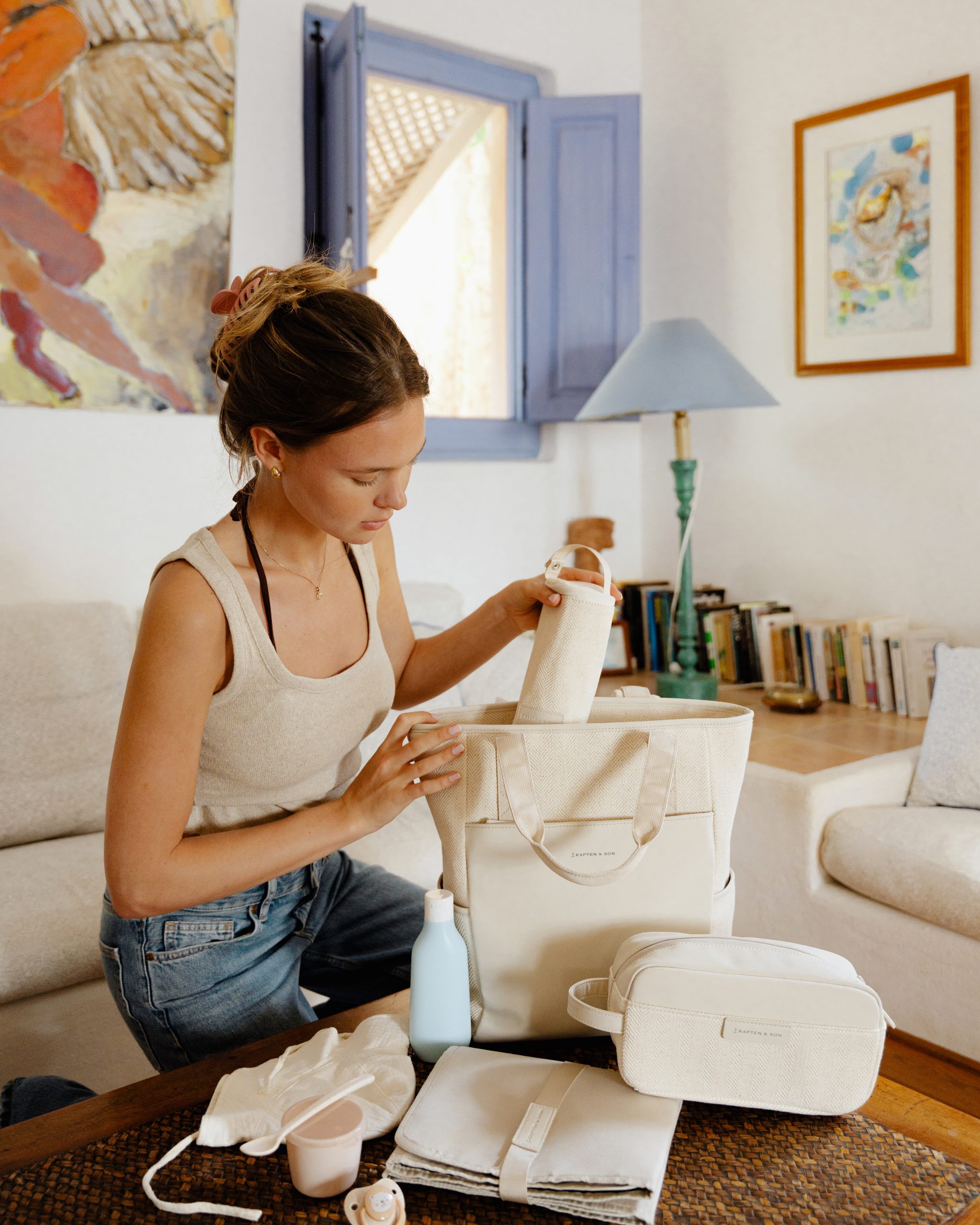The Queen of Burlesque is in town. Dita Von Teese has arrived in the West End with Diamonds and Dust – a glamorous, genre-bending saloon spectacular bursting with rhinestones, romance, and rollicking cabaret. Speaking just before press night, she opened up about co-directing the show, training understudies to take on her most iconic acts, and why, when it comes to getting it right, the devil really is in the details.
Hi Dita, how have the first few shows been going?
They’ve been great. I’ve been performing in all the previews up until last night, and tonight I’m watching the show with my understudy for the first time. The audience response has been really fun – a few of my friends in show business came and said, ‘this is going to be a big success’, so I hope they’re right!
It’s exciting seeing you on the West End. Diamonds and Dust feels like a shift from your solo work – what made you want to build a whole show around this world?
It actually started with Tosca Rivola, who’s performed in my touring and Vegas shows. She came to me with the idea, and I thought it sounded amazing. Then she said, ‘do you want to be part of it?’ And I said, yes.
In my Vegas show, I ride a big pink mechanical bull with Swarovski-crystallised steer horns – something I created back in 2006. I think she saw a parallel between that and this new world. I loved the idea of a plot-driven burlesque show – you don’t see that very often.
I’ve always treated burlesque as variety, not narrative. But this has both. It’s fantasy, but it also tells the true story of Kitty LeRoy – a real woman from Deadwood City who was a showgirl, card shark, saloon owner, and died young. We built her story into this imagined burlesque universe.
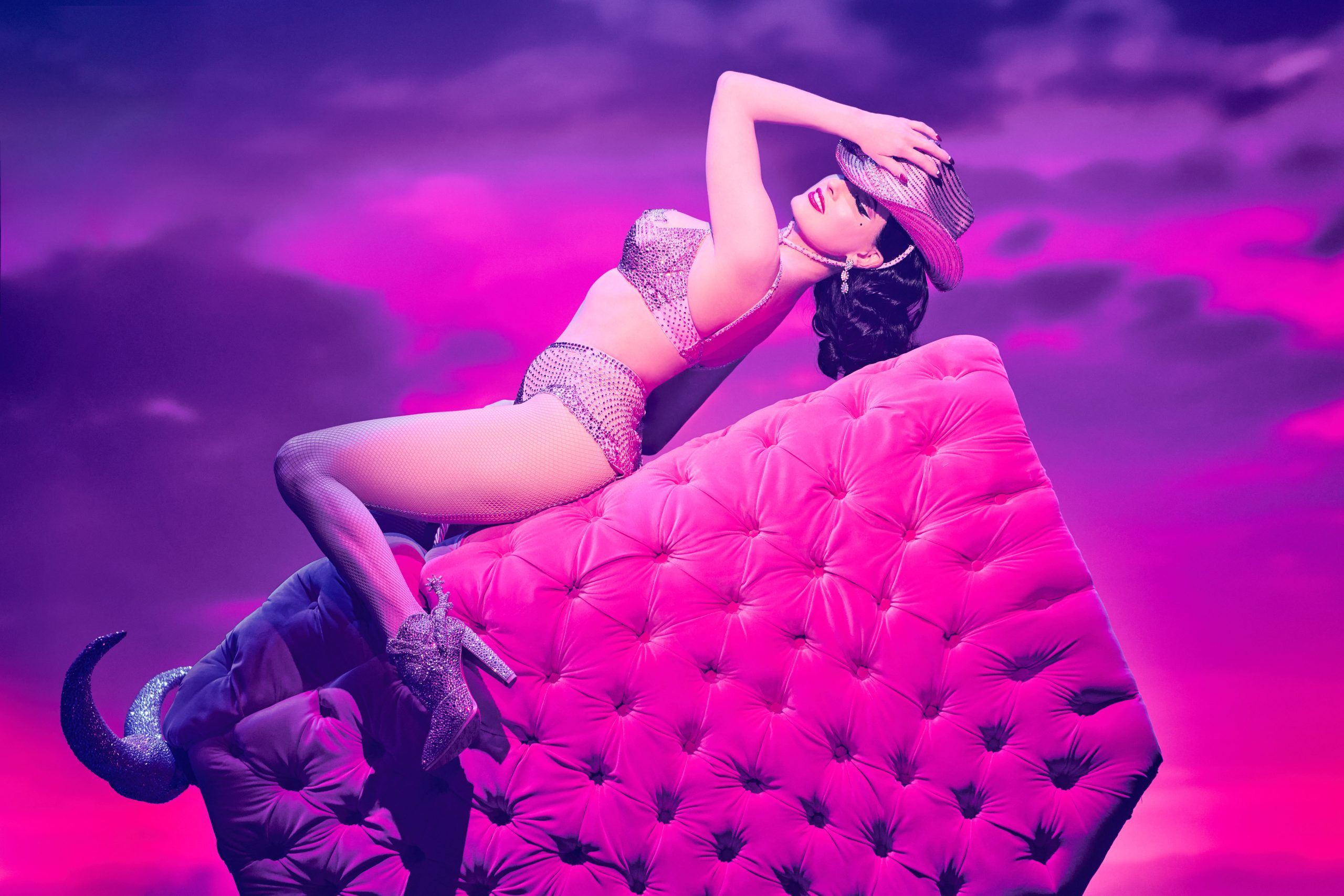
And what about Lady Luck – how did that character come to life?
The show’s set in a gambling saloon, and I’ve always loved the idea of Lady Luck. There’s a film I love with Cyd Charisse where she plays that kind of figure, and I also pulled from Mae West films set in the Old West.
I imagined Lady Luck as someone who comes and goes when she pleases. She’s not always nice – she has power, control, and sass. I wanted to make her mythological, and build a burlesque number around that idea.
I hear the show blends saloon drama, burlesque, circus, and theatre – what’s it been like shaping something so genre-defying?
It’s been fascinating. I only arrived about two and a half weeks ago, so the first time I saw it properly – not just on video – was when we moved into the theatre. Until then, I’d been co-directing from afar.
It’s very different to creating my own tours. There are elements I don’t usually work with – like Cirque-style acts – but I get the appeal. And I think we’ve given it a really unique twist. It feels new. Honestly, there’s no other burlesque show with this kind of polish and production value – aside from my Vegas show.
People sometimes say, ‘Oh, I saw a burlesque show in a bar once,’ and I have to say, ‘It’s not like that.’ I love how diverse burlesque has become, with so many different styles. But this is big-scale, high-production burlesque – more extravagant than it’s ever been. And I say that with confidence – I know Gypsy Rose Lee’s son, and he’s shown me footage of her acts. He’s been to my shows and told me, ‘It was never like this back then.’ This is a whole new level of spectacle.
A lot of people have a narrow idea of what burlesque is – do you still find yourself having to explain it?
Absolutely. There are so many types of burlesque – sometimes it’s someone dancing on a table in a bar, and there’s nothing wrong with that. I got my start in strip clubs. But I’m always thinking about the audience, especially when they’ve never seen anything like this before.
People often walk in not knowing what to expect and leave saying, ‘I’ve never seen anything like that in my life.’ Jon Hamm and his wife Anna came recently and told me, ‘This is the best show we’ve ever seen.’ She said, ‘I didn’t even know something like this existed.’ It’s big, it’s fun, it’s different – and still niche enough that a lot of people are discovering it for the first time. That’s what keeps us pushing forward.
From what I’ve read, the show has this mix of glamour, grit, and danger – how did you strike that balance?
It’s easy when you’re tapping into the Wild West – it’s such a fascinating time in American history. I’ve read a lot about the people and the stories from that era, and when you think about the lawlessness, the settling of new towns, the gambling, the saloons – it’s kind of crazy. People were just showing up and opening restaurants and saloons and gambling houses in places that hadn’t even really been built yet.
I’ve always loved movies set in that time, whether they’re fantasy or more grounded in reality. It’s a setting that lets you play with both glamour and danger.
Were there any particular favourites that inspired the Western side of things?
I wouldn’t call myself a Western expert, but I do love the glamorised takes – like 1940s Technicolor musicals. One of my favourites is The Harvey Girls with Judy Garland and Angela Lansbury. It’s still a historical film, but it’s told with such beauty and extravagance. That was a big inspiration for me. I’m not the person to recommend gritty frontier realism – I like the kitschy, fun musical Westerns.
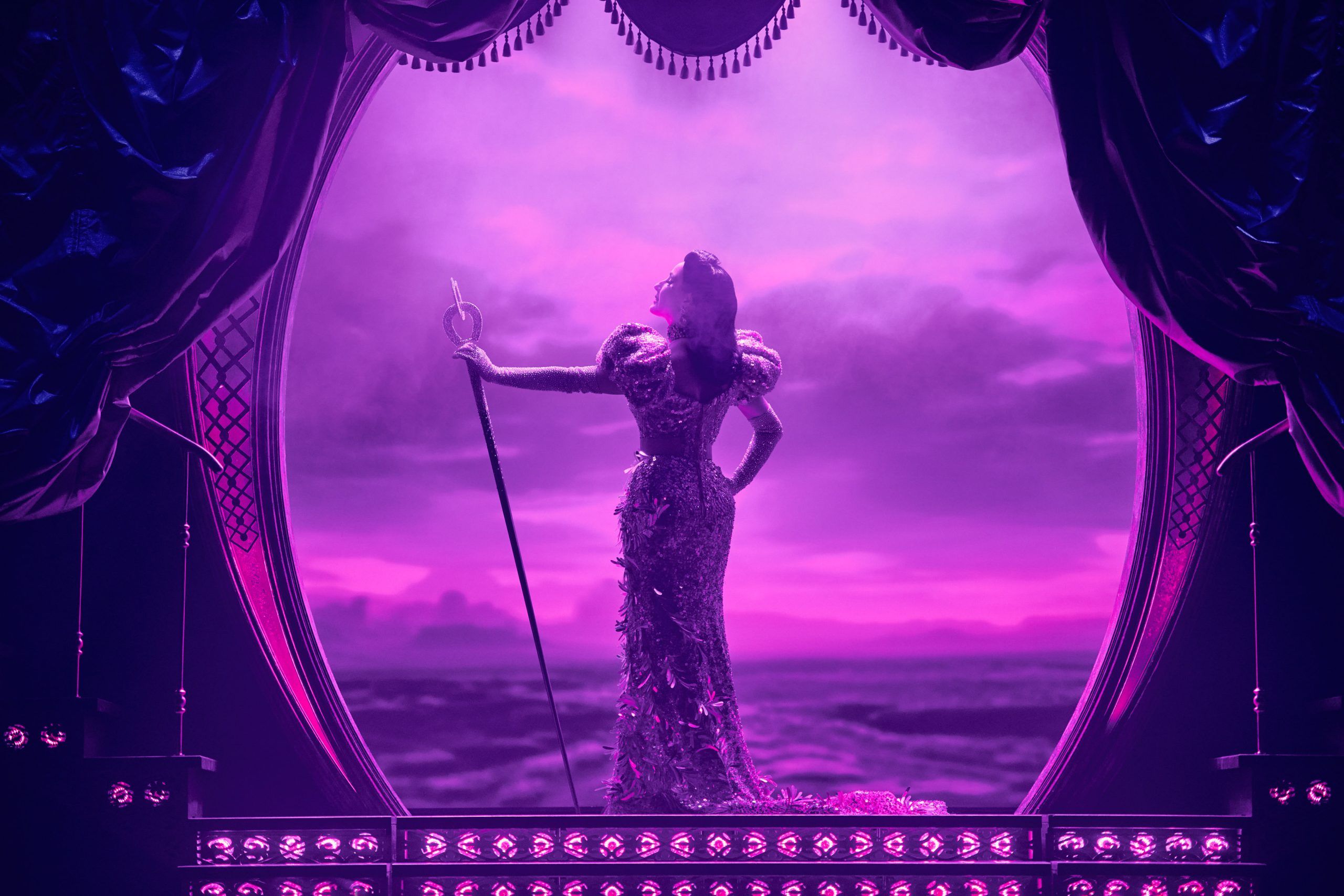
You’re only stepping into Lady Luck a few times a month – how do you make each performance count?
The stakes are higher when I’m only on occasionally. I come in once a month, do a few shows, then step away before returning. In January and February, I launch The Nocturnelle Tour – big historic theatres like the Palladium across the UK and Europe.
Diamonds and Dust is intimate and story-driven. My tour is a full-scale spectacle, and Vegas is its own world again. I love that each one feels completely different. I’ve met people here who saw the Vegas show and are already planning to come to Nocturnelle. You won’t see the martini glass in Diamonds and Dust – it’s a whole different side of me.
Variety is the spice of life, right? It must be fun having these different shows.
It is – and what I really love about Diamonds and Dust is that it’s not dependent on me. My Vegas show doesn’t run without me. My tour certainly doesn’t. But this one stands on its own. I’m watching the show tonight with my understudy, and it’s the first time I’ve properly worked with someone stepping into my roles.
I’ve trained people in the past to take on certain acts, but this is the first time I’ve handed over numbers that are really personal to me – to someone I don’t know well. And honestly, it’s been a fun experience.
Who are they, and how are they doing?
She’s doing great. Her name’s Didi Derrière – she’s my first understudy, and we have a second one as well. I selected both of them myself, through open call and invitational auditions for burlesque performers.
One of the acts Didi is taking on is my Rhinestone Cowgirl number, which I created in 2006 and still perform in Vegas. It’s not easy handing that over. These acts are precious to me, and I need the people performing them to have a kind of reverence for them.
I want them to bring their own personality, of course, but I also want them to understand the history – who helped me shape these numbers, who did the choreography, where the ideas came from. Like, those six-foot Swarovski-crystallised steer horns – that wasn’t just me. There’s a whole lineage behind these acts, and I want that to be honoured. It’s not about stepping in and saying, ‘Look how great I am.’ It’s about understanding how it came to be.
I can really hear how passionate you are about your art.
Yeah. One of the things I love about burlesque – both historically and now – is that you don’t really train someone to be a burlesque star. There was never a maestro shaping performers from scratch. Usually, someone came from another area of entertainment, created a standout act, and maybe that took off. There’s never been a star-maker machine like in Hollywood or pop music. Burlesque has always come from the people who just want to make a show.
So passing these acts on feels personal. They weren’t manufactured – they were built from instinct and experience.
The production photos went out today – it looks stunning. How involved were you in shaping that world?
Very involved. We worked with Philip Gladwell on both lighting and design, and I knew I was in good hands – my own Vegas team told me, ‘You’ll love him.’
We sat down together and planned out a glamorous, feminine stage look. I sent lots of references – Mae West films, 1940s saloon stages – and pulled from inspiration I’ve been collecting for years. We wanted rich draping, tassels, and something sensual that still captured the Old West vibe.
It was never going to be a gritty saloon – we wanted elegance. The stage has loads of hidden functions, and the lighting design really brings it to life. I think the photos captured that perfectly.
I can’t wait to see it. And with a stage that gorgeous, you must be wearing some incredible costumes – what can we expect, and how did you collaborate on them?
I’m wearing pieces by Jenny Packham, who’s designed for me before – for my Vegas show and my tours. And Mr Pearl made a corset for this show – he’s the master of corsetry, known for his work with McQueen, Mugler, Lacroix, Gaultier. It’s a real masterpiece. All my shoes are custom Louboutins – crystallised 1890s-style button boots, Western boots with Swarovski-studded spurs. I love the costume side of things – it’s always one of the parts I get most excited about.
Beyond my own pieces, I’ve been giving input on the wider costume design too – working with Tosca and Jenny Quirk, who’s been leading the team. We’ve been picking fabrics and colours remotely, using videos and Pantones. Some of the looks also incorporate items from my lingerie brand and gowns by Catherine D’Lish, who’s been my creative partner for years. It’s really about bringing my world into the show’s overall aesthetic.
When you’re building a show like this, where do you start? Does the story come first, or is it more about the look and the burlesque acts?
It was really a combination. Tosca had been doing a smaller show around LA called Desperada, and that’s where it started. From there, we built this fantasy version, expanding on what she’d begun. So, the concept came first, then the story developed, and then costuming and choreography followed after that.
You’ve been called the Queen of Burlesque – do you feel a responsibility to push the art form forward?
Definitely. That was the goal from the start. When I met Catherine D’Lish 25 years ago, we agreed not to rehash old-school acts – we wanted to take burlesque somewhere new.
People sometimes forget that a lot of what we did hadn’t been done before. Take my giant gilded birdcage act – it ends with a rain shower. That started as a joke between two women: what if the bird takes off her clothes, dances with giant feather fans disguised as birds, then takes a shower in the cage? It’s funny, it’s sexy – and that’s the spirit of burlesque.
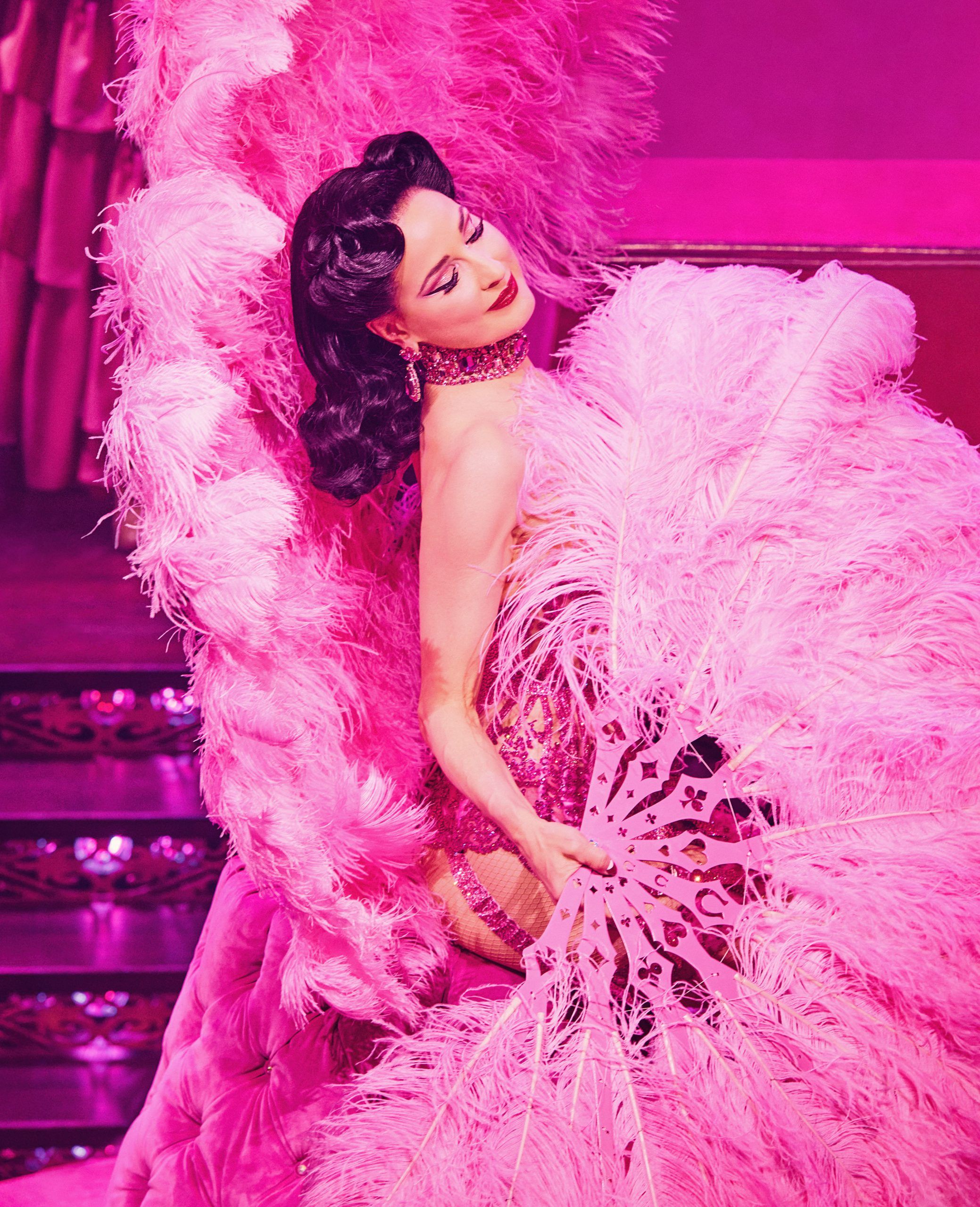
That balance is what makes it work, isn’t it – not just sexy, but playful too.
Exactly. It can’t take itself too seriously. That’s why it’s lasted. In the ’30s and ’40s, it was for working men – comics, dirty jokes, striptease. Now it’s evolved. Most of the audience is women and LGBTQ+. It’s a different energy.
Over the course of your career, burlesque has really moved from fringe into the mainstream. How has that shift changed your approach?
It’s been a clear evolution. In the ’90s, I was performing at fetish parties and headlining strip clubs. I had the first vintage pin-up site on the internet – this was ’93 or ’94, when the web had just launched. People would send in a cheque and get signed pin-up postcards in a little brown envelope. That was the world then.
As I got more recognition, I reinvested in myself – bigger props, more elaborate costumes. I had more freedom to create shows the way I imagined them. A real turning point came around 2002. I was on the cover of Playboy – back when that was a major pop culture moment. Pamela Anderson, Naomi Campbell, Drew Barrymore… it meant something.
At the same time, I was performing with The Pussycat Dolls and became known for the martini glass act. That era really launched me into a different sphere – it was the moment when burlesque hit a new level of visibility.
You’ve built this whole world around your aesthetic – on stage, in fashion, even fragrance. Was that always intentional, or did it just evolve that way?
No, I had no plan at all. I didn’t expect to be where I am today. Burlesque was just a hobby – something I thought I’d do for a little while. I never set goals like, I want to have a TV show or I want to be in the West End. I just kept pushing myself creatively – making new acts, new shows, new tours – but it was never part of a grand strategy.
Even my name… I wouldn’t have picked Dita Von Teese if I’d known I’d be trademarking it around the world! It was never meant to be a long-term brand. But things just grew. Somehow this little hobby – pin-up photos, dancing with feather fans in strip clubs – turned into what it is now. I still don’t quite know how.
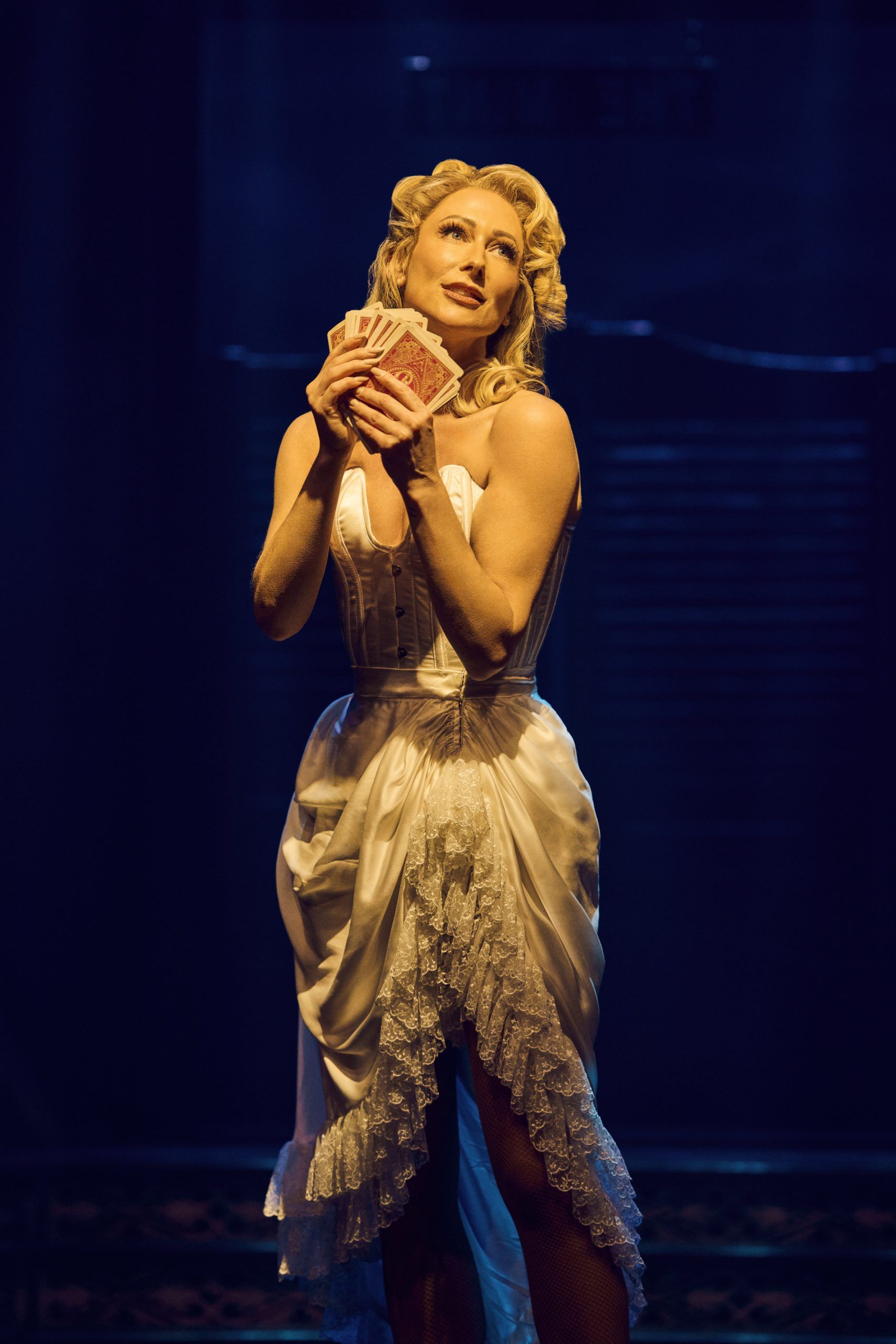
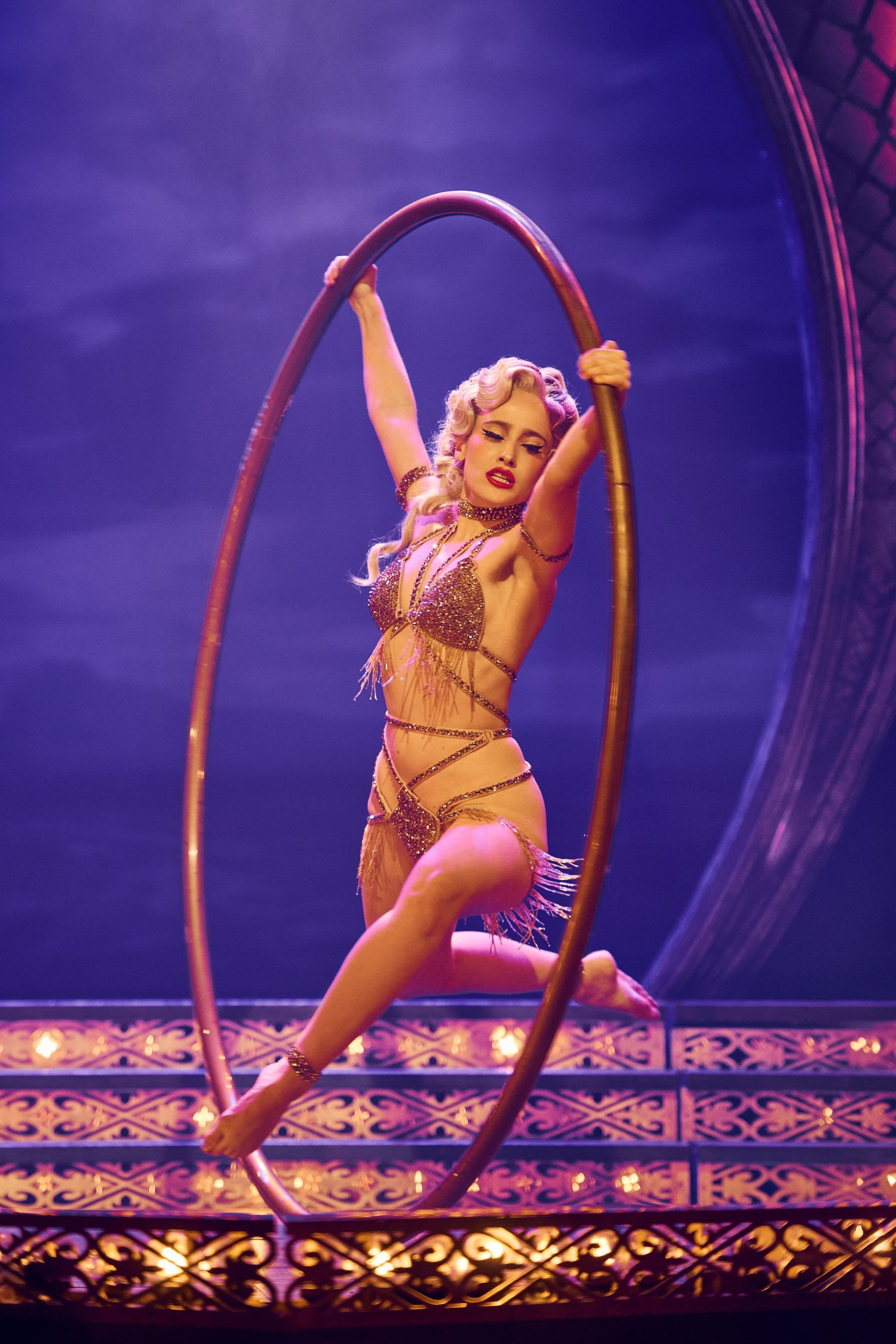
And now you’re the best in the world at it. That’s pretty incredible.
Honestly, it’s wild. When people ask me for advice, I don’t always know what to say. I didn’t follow a plan – I just stuck with it, even when it wasn’t cool.
I remember Axl Rose once came up to me and said, ‘Hey, you’re that Dita Von Teese girl. That’s cool. You were doing burlesque before it was cool.’ That meant a lot, actually. Because it’s true – I didn’t do it to be famous, or because there was a clear industry. I just thought it was fun dancing around with feather fans.
Are there aspects of your performance that audiences don’t always notice but that matter deeply to you?
Definitely. I’m obsessive about detail. If a pink is slightly off, or a shoelace looks wrong, I see it – and I can’t unsee it. I watch the show with a notebook in hand. People might not know what’s wrong, but they feel it. And when everything’s right, it elevates the whole experience.
I remember spotting a 1940s manicure in Mulholland Drive and knowing instantly what it was. I get pulled out of period films by things like Lycra stockings – I’ve even recreated proper 1940s ones for my lingerie line. That’s the level I care about. Some people won’t notice. But the ones who do? They’re the ones I’m designing for.
You’ve performed in some of the world’s most iconic venues. What does it mean to now be headlining a show in London’s West End?
It’s definitely exciting to be part of the West End, especially launching this gorgeous new venue, the Emerald Theatre. But I do wonder how it’ll be categorised – will it be embraced like a proper West End production or seen more like Magic Mike, which has a storyline and choreography but doesn’t always get treated like a ‘real’ theatre show?
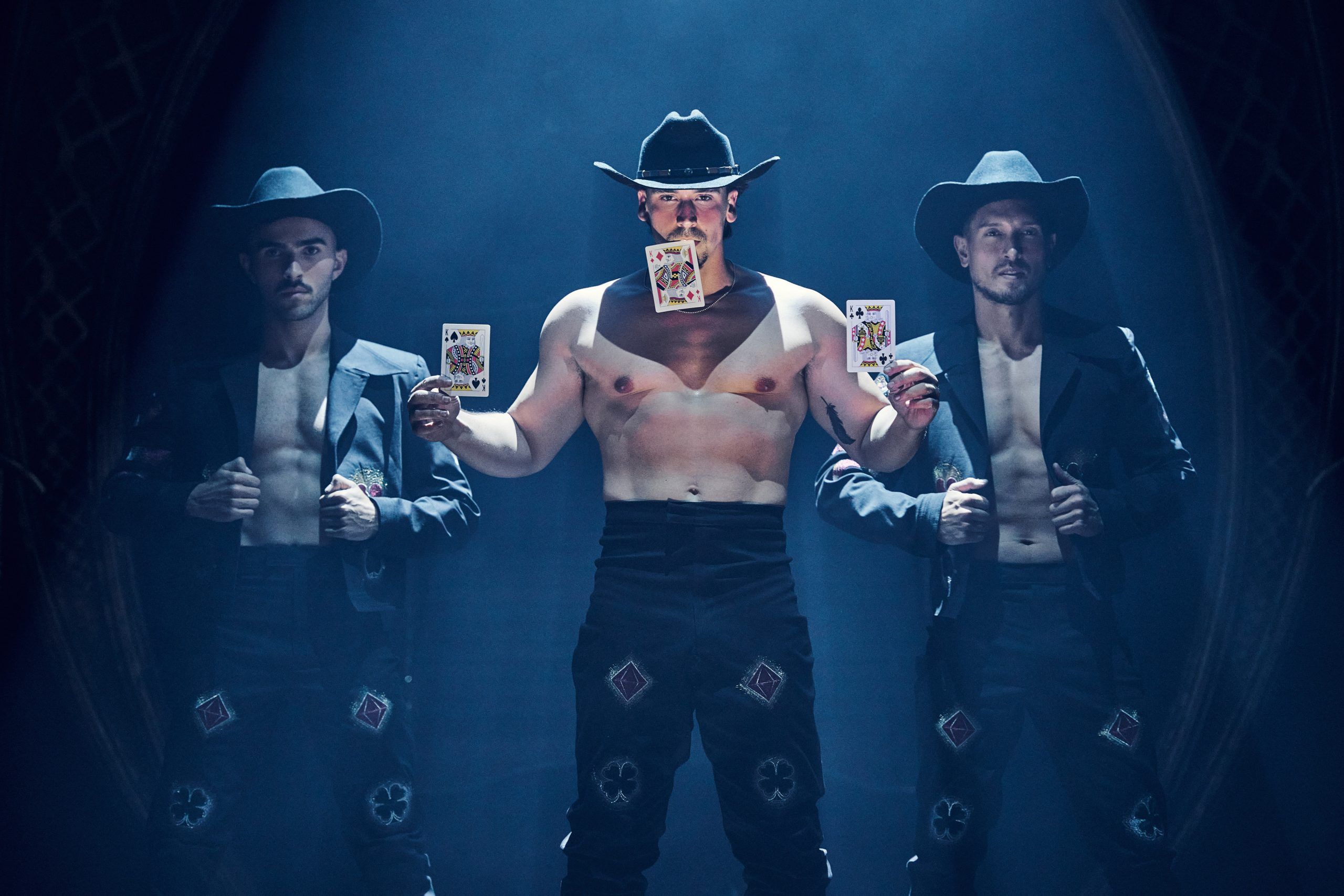
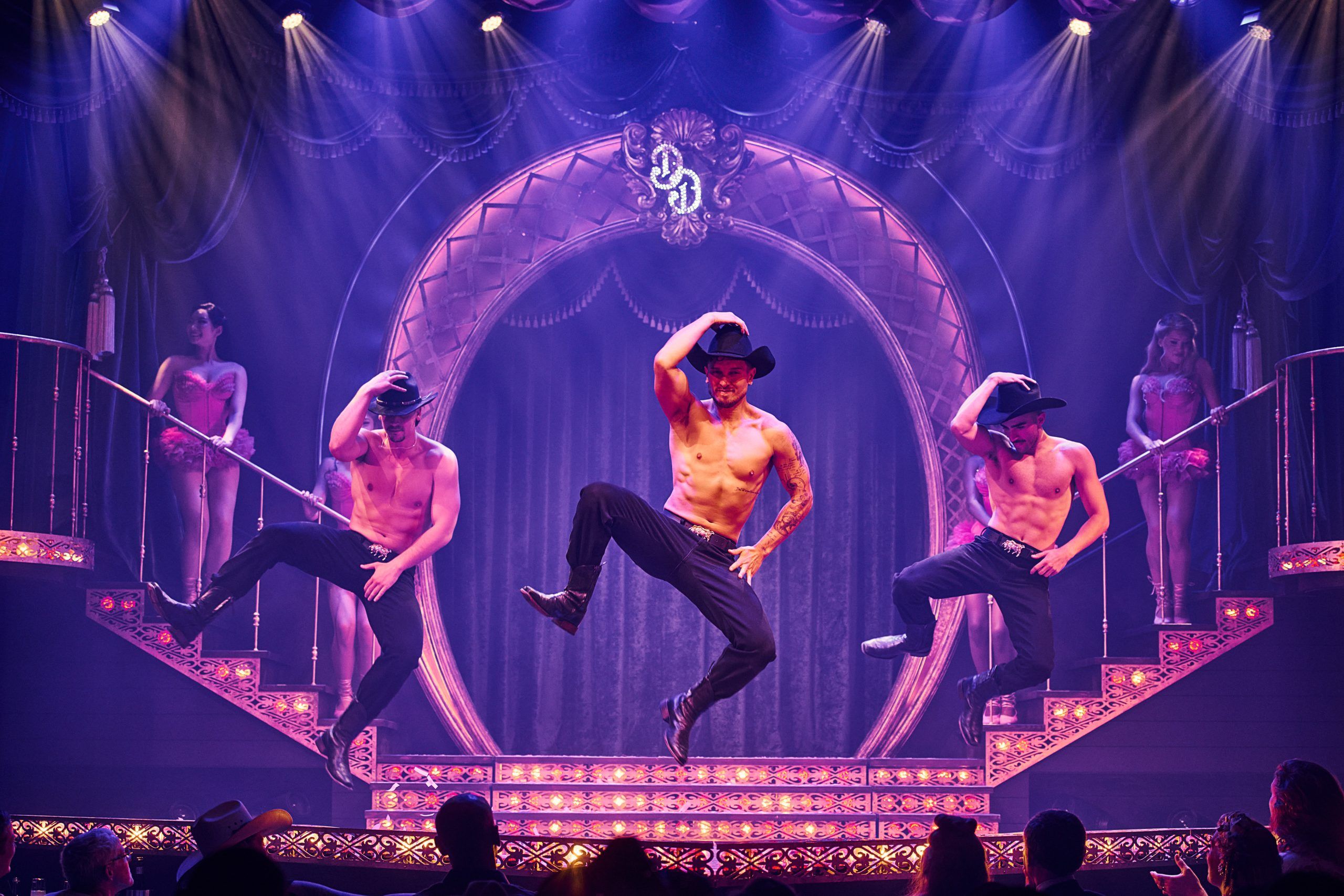
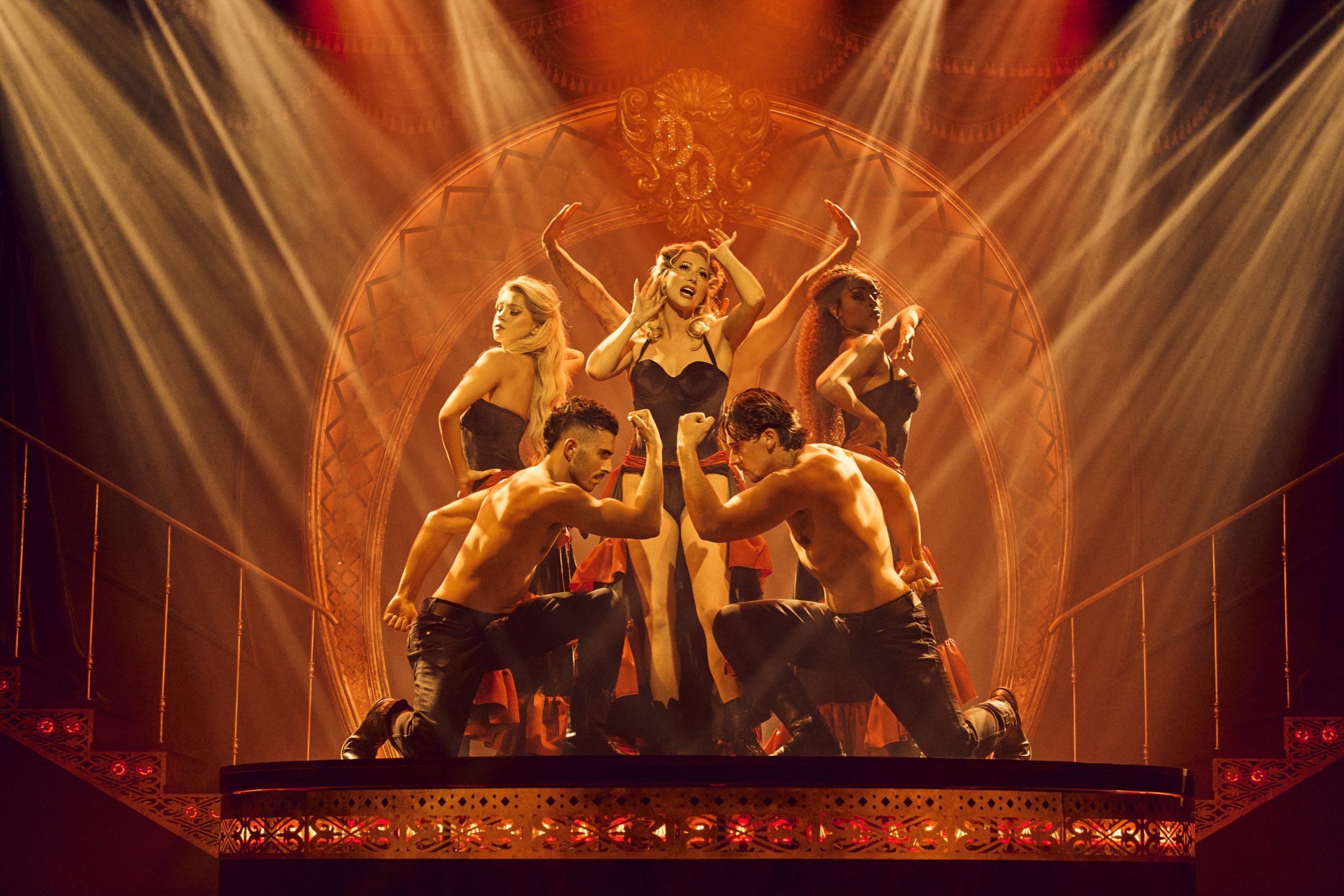
What kind of response are you hoping for?
I’d love for people to see Diamonds and Dust as something fresh and different. It’s not just a striptease show – there’s a story, original music, live singing and dancing. It’s a full production with an incredible cast. So I hope it gets embraced as a proper West End show, even if it’s not traditional musical theatre. There isn’t really anything else like it in London or anywhere else, honestly.
Faye Tozer, who leads the show, is doing such a brilliant job. She was in the band Steps. Her acting, her singing – she absolutely deserves to be reviewed for that performance. I hope people recognise how great she is in it.
Do you have a favourite moment in the show that gives you a thrill every time?
I think my favourite part is doing the Rhinestone Cowgirl number at the end. It’s a version of what I do in Vegas, but adapted for this stage. There’s a moment in it that always gets a huge reaction – I won’t spoil it, but it’s fun seeing how the audience responds every night.
I also love my entrance as Lady Luck. It’s a Mae West-inspired number with all the girls dancing around me, and the cheers are often so loud I can’t even hear the music properly.
I’ll try not to cheer too loud when I come – I’ll just sit there, stony faced.
Ha! You can cheer. It’s a good problem to have.
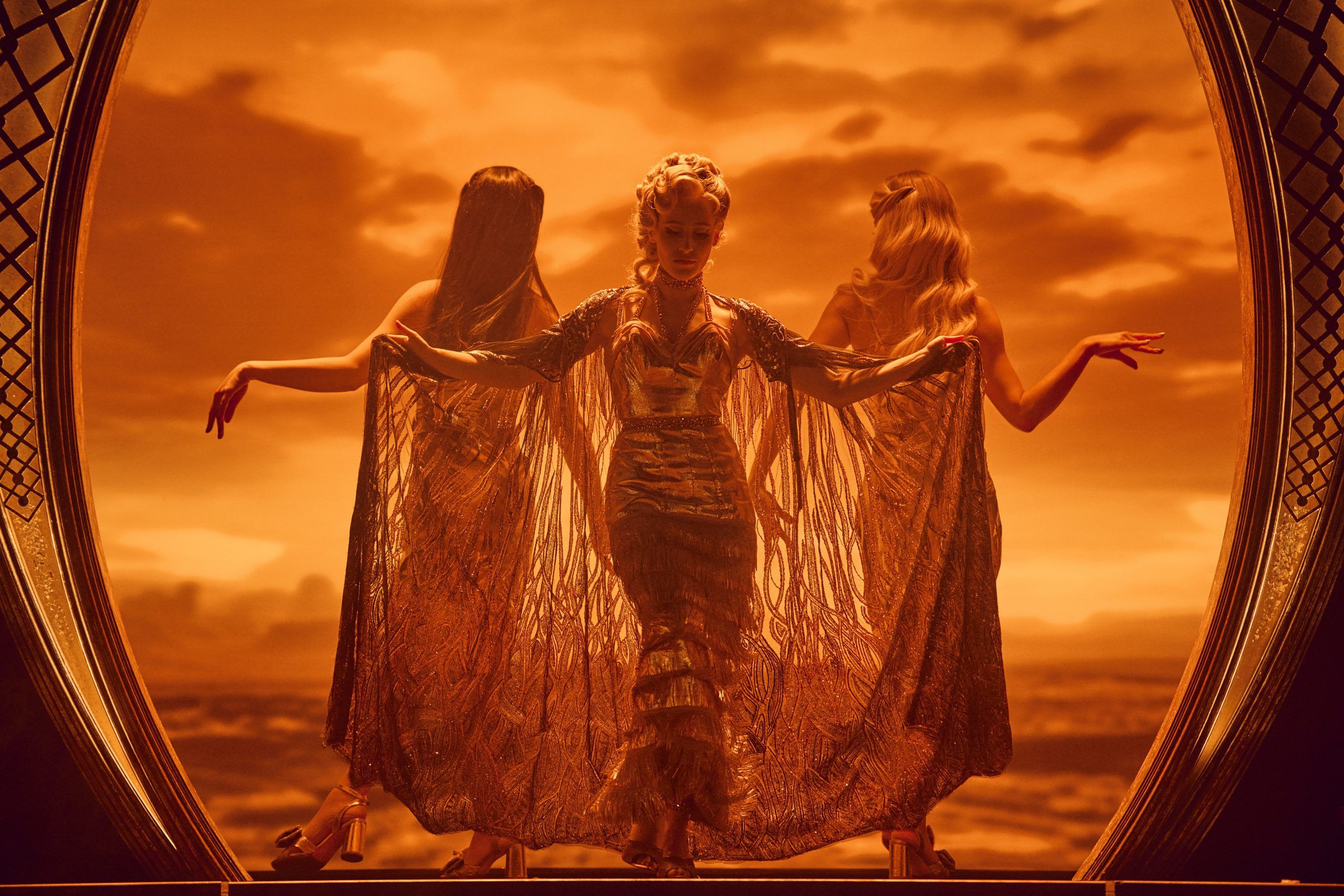
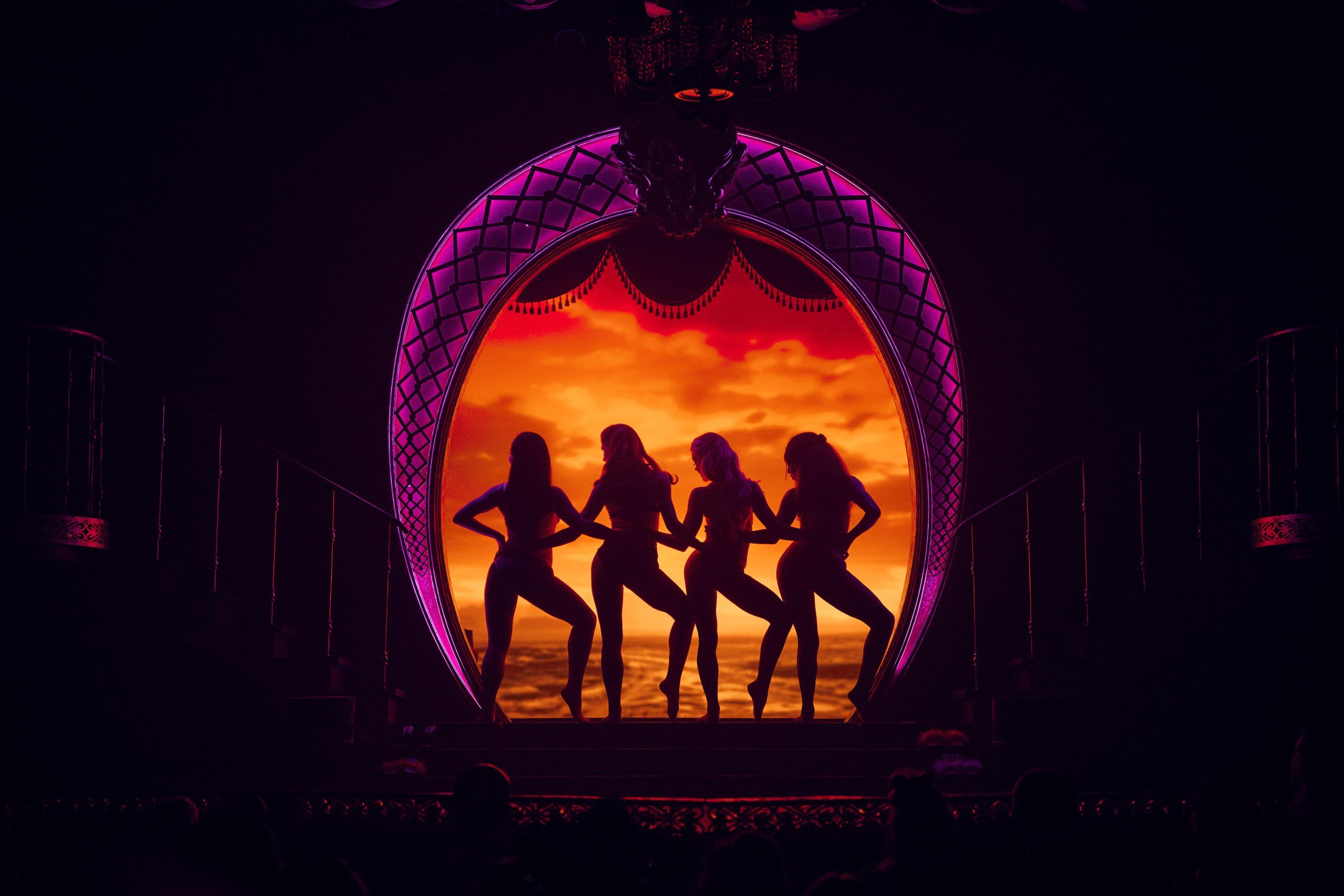
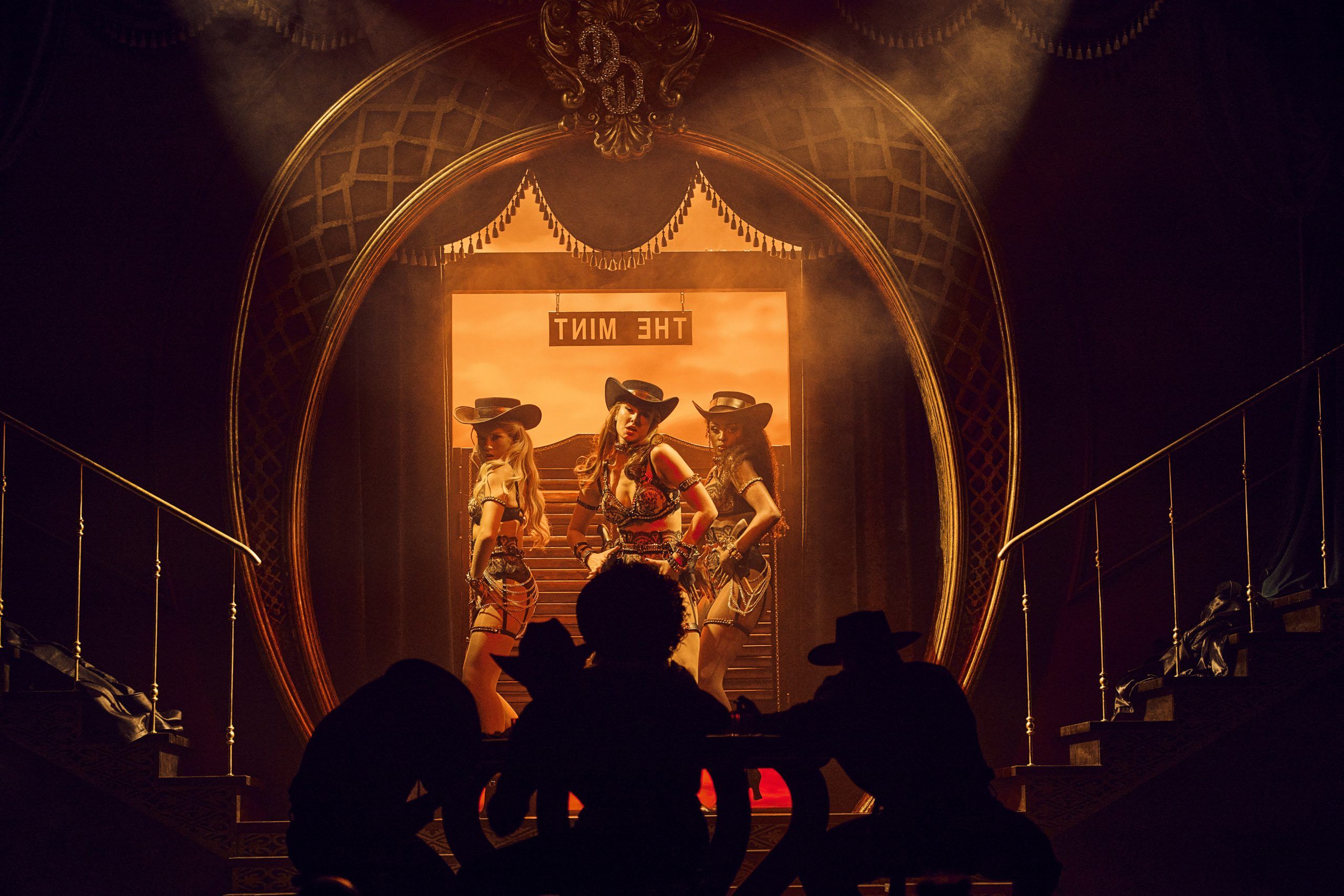
Something I have to ask you about – because I’ve got two little Swiftie daughters – is working with Taylor Swift on Bejeweled. How did that come about? It looked like such fun.
It really was. One summer day I got a call out of the blue from her assistant, and then suddenly Taylor herself was on the line. She knew all about my work – it was surreal.
What really stood out was how thoughtful she was. I’m often on people’s mood boards, and I regularly get requests to rent or borrow my martini glass. But Taylor’s approach was different – she wanted to collaborate, and she wanted people to know about me. That’s rare. She’s smart, kind, and genuinely generous with her platform.
What’s your relationship to risk like on stage these days? Do you still get nervous?
I do, sometimes. The other night during Diamonds and Dust, one of my close friends – the choreographer Fatima Robinson – was in the audience. I really admire her, so I wanted her to enjoy it. So yes, I get nervous when people I respect are watching. But it’s not a paralysing kind of nervous – more like adrenaline.
When you look back at your early days in burlesque, is there anything you wish you’d known?
Maybe just that what I’ve achieved was actually possible. In the beginning, I didn’t believe there was a path – Gypsy Rose Lee was really the only example of someone who’d made it mainstream. There was no roadmap, no modern role models. But of course, not knowing forced me to find my own way, and that learning process shaped me.
And now you get to be that role model for others.
Hopefully. I know I’m not everyone’s ideal of what a burlesque artist should be – and that’s great, because there are many different forms of burlesque. But I am proud to have helped show that you can build a real career doing this.
What do you hope audiences take away from Diamonds and Dust?
I want them to walk out thinking, I’ve never seen anything like that… and I can’t wait to see it again.
And to tell all their friends?
That too.
Well, if the goal is to leave us wanting more, mission already accomplished.
Diamonds and Dust is currently booking at the Emerald Theatre until Sept 28th.
Book your tickets at diamondsxdust.com
Words by Nick Barr
Production photos by Chris Davis Studio
Dita portrait by Shannon Brooke

